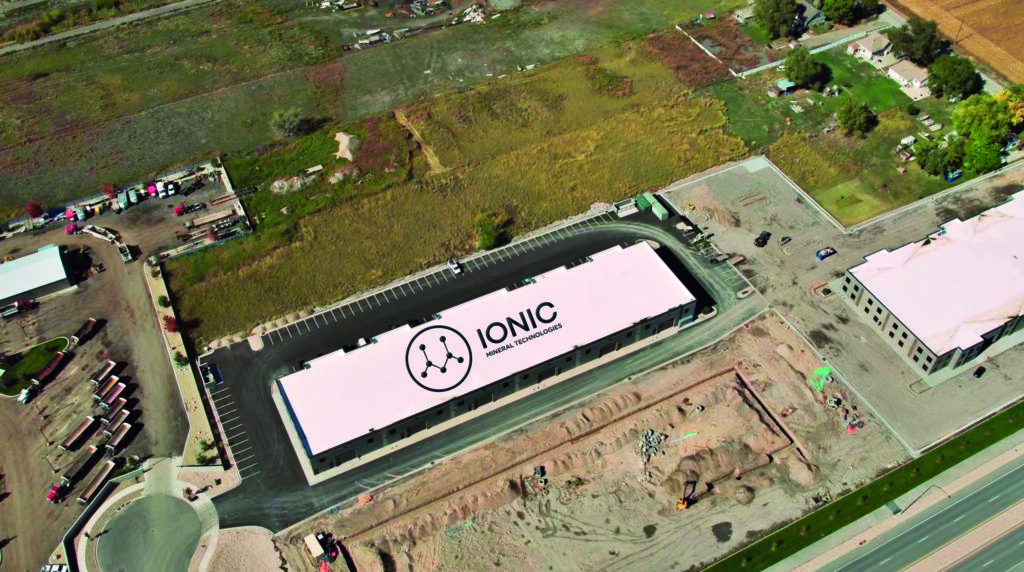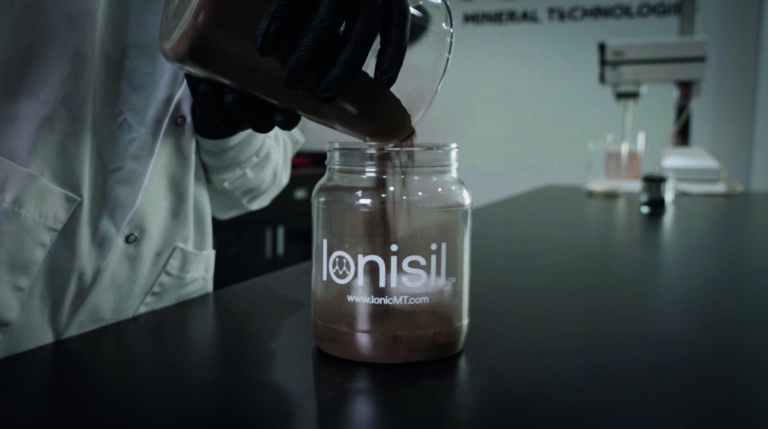China’s recent move to tighten exports of graphite sent a shiver through the automotive battery supply chain. Coming on the back of earlier announcements limiting the export of key chip-making materials gallium and germanium, this has shone a spotlight on the issue of raw material security while the industry is still reeling from the supply chain impacts of Covid-19 and Russia’s war on Ukraine.
China is the world’s largest producer of natural graphite, accounting for some 70% of the market, so it is unsurprising that any volatility in market access to this resource could be problematic. Currently, graphite is a vital element in most lithium-ion battery chemistries, used predominantly in the production of anodes; however, alternatives are emerging and on the verge of widespread adoption.
Top of the pile is silicon, with many battery manufacturers already increasing the Si content of their anodes, and work well advanced on pure Si anode cells. The material has many advantages over graphite, predominantly that it can hold 10 times as many lithium ions by weight. There have been issues to overcome, not least the fact that Si expands and contracts when loaded with ions, but incremental advances over the past two decades have sought to address these, to the extent that Si anode batteries are starting to arrive on the market.
 Beyond the obvious performance benefits, the significance of Si’s rise is its impact on the supply chain; notably, it relaxes China’s stranglehold on anode supplies. This is where Ionic Mineral Technologies (Ionic MT) comes into play. The Utah-based company is ramping up production of its nano-silicon to meet the demands of the battery industry. “We just moved into a 3,500m2, newly constructed manufacturing facility,” explains Andre Zeitoun, CEO and founder of Ionic MT. “We are starting with the first 2,000 tons of annual capacity and then in the same building will move to 5,000 tons of capacity.
Beyond the obvious performance benefits, the significance of Si’s rise is its impact on the supply chain; notably, it relaxes China’s stranglehold on anode supplies. This is where Ionic Mineral Technologies (Ionic MT) comes into play. The Utah-based company is ramping up production of its nano-silicon to meet the demands of the battery industry. “We just moved into a 3,500m2, newly constructed manufacturing facility,” explains Andre Zeitoun, CEO and founder of Ionic MT. “We are starting with the first 2,000 tons of annual capacity and then in the same building will move to 5,000 tons of capacity.
“I think that the recent move by China shouldn’t be surprising to anybody, and has been talked about for quite some time,” continues Zeitoun. “Graphite is really the only material in the value supply chain that, if China were to cut it off, the EV movement is essentially stopped dead in its tracks. I don’t think there are concerns near term that they would completely shut off supply; however, I think this is a clear shot across the bow and there is no doubt that we need to seek alternatives. Silicon as an alternative is particularly critical right now – firstly, because of its ability to drop into existing production lines, and secondly, because silicon has the ability to significantly enhance the performance of EVs, even at a small substitution of graphite, especially in terms of delivering fast-charging vehicles. Silicon is not just an alternative anode material, it is a superior alternative that can enable and strengthen the EV market right now.”
Ionic MT will hit its initial production target of 2,000 tons by Q3 2024, but what does this mean in terms of actual battery production for EVs? “That is enough, on a graphite equivalent basis, to supply 300,000 electric vehicles. However, when you just substitute 15% by mass graphite in the anode, you are effectively doubling the capacity. So that 2,000 tons will go much further,” highlights Zeitoun.
The company’s production ramp-up is a direct result of a wave of interest from cell manufacturers and automotive OEMs, many of whom have done their own independent validation programs on Ionic MT’s materials. “That gives us the confidence to move quickly and start production,” notes Zeitoun. “The market is only really limited by the production capacity for silicon; our competition is also working quickly to meet that demand.
“I don’t think there is a battery manufacturer that isn’t looking at putting more Si in its cells right now. There are still a few issues to work out with swelling, but you are going to see it getting added in higher and higher percentages. Both Hyundai and Porsche are already using Si anodes, so it is just a race to produce material because the need is there and it is limited only by its supply.”
Engineered perfection
It is not only production capacity that stands Ionic MT in good stead to meet this burgeoning market demand. Zeitoun notes that the company’s Ionisil also has some unique properties that make it particularly favorable for battery applications. “Our process eliminates the high cost and complexities of synthesizing a nanostructured particle from the bottom up. We start with an already synthesized, naturally occurring nanotubular particle and use a low-temperature reduction process to convert the silicon to have the same morphology as a nanotube. The reason for that is that when the tube swells, it doesn’t swell in all four directions like a sphere; it does it in one direction and half of that swelling is taking place inside the tube. As a result, our material swells about half the amount as a spherical nanoparticle, improving cycle life.”
These properties mean that the material can be relatively easily substituted into existing cell configurations, particularly when blended with graphite. “Right now, with just a 15% substitution of graphite, we are able to deliver a 100% increase in capacity at the anode level, and roughly 20% at the cell level, alongside fast charging. This is a huge jump from where we are now.”
Being the only vertically integrated producer of nano-silicon in the US, Ionic MT gives its customers supply chain security. There are alternative processes, such as using silane gas as a feedstock, but there are supply risks associated with that approach, again related to limitations on the volume of gas available on the market.
Ionic MT does not face such issues; its feedstock is halloysite, an aluminosilicate clay that has a naturally occurring nanotubular structure. Its reserves are vast, over 2.4 million tons, with the capacity if necessary to extract 30,000 tons per month using basic mining techniques, without any need for expensive and environmentally damaging techniques using large volumes of water or chemicals.
Despite only recently commissioning its new facility, Ionic MT has far bigger plans afoot. “We are partnering with a major engineering and production equipment company for the construction of a greenfield 20,000-ton facility,” Zeitoun concludes.
More information on Ionic MT’s nano-silicon can be found here


